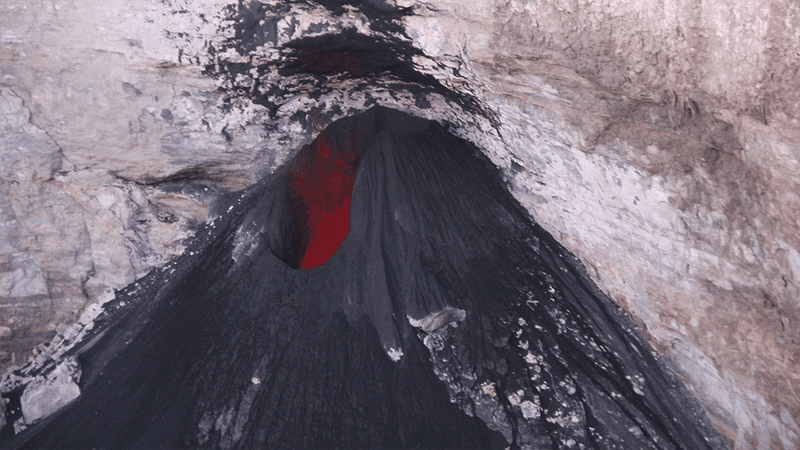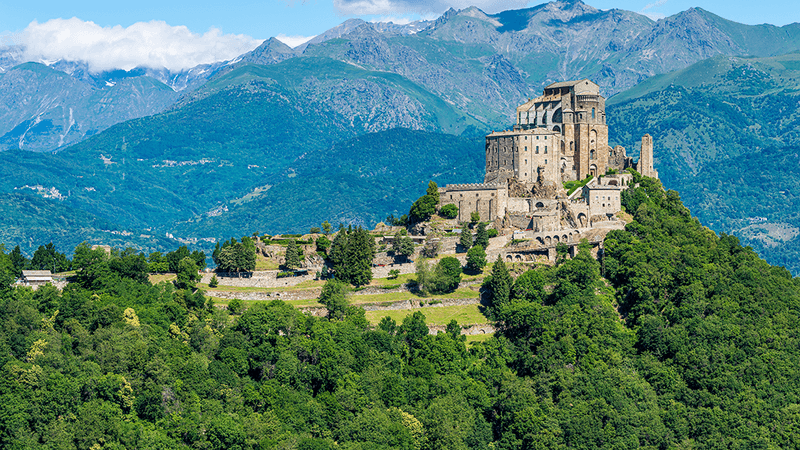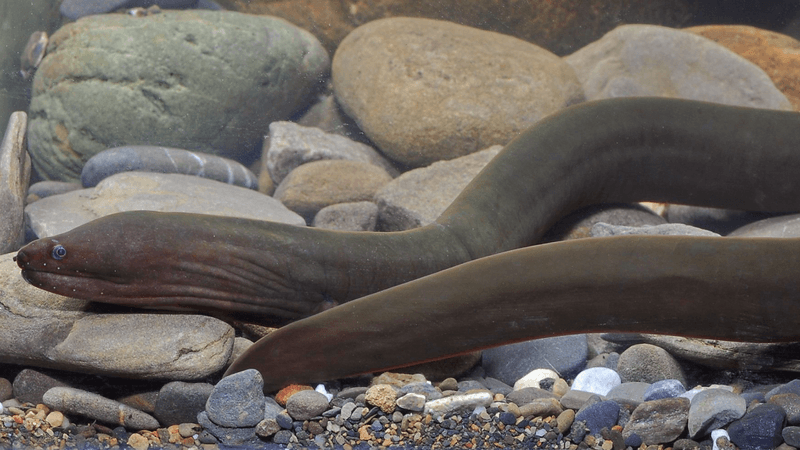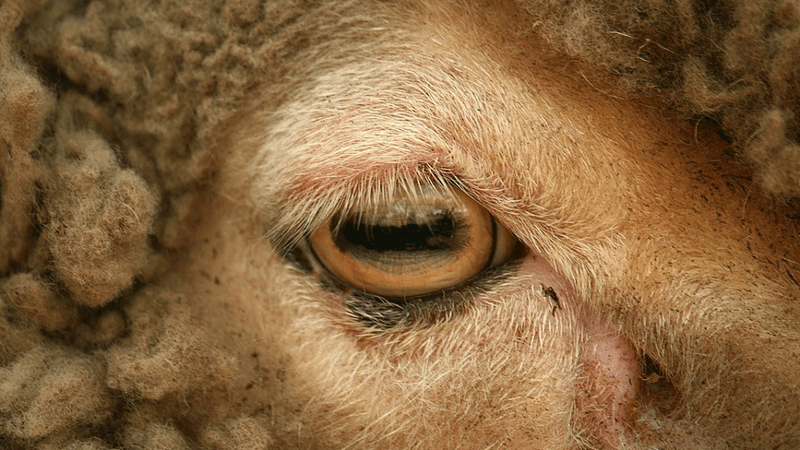If there's one thing you, and Gollum, should know about volcanoes, it's that "lava=hot". That, and it's not a great idea to attempt to plug them up with concrete.
But some volcanos are hotter than others. At Ol Doinyo Lengai in northern Tanzania for instance, the lava flows at temperatures so low it is possible (though by no means pleasant) to survive.
The most common type of lava flow is basaltic, making up around 90 percent of all lava flows on the planet. In these flows, the lava erupts at temperatures of around 1,100 to 1,250°C (2,012 to 2,282°F). At Ol Doinyo Lengai, the lava erupts at a much cooler 510°C (950°F).
This difference in temperature is due to its unusual composition, being the only volcano in the world to erupt carbonatite lava in recorded history.
"Carbonatite magma at Ol Doinyo Lengai has less than 3 percent silica and is more akin to something you'd expect to find on a different planet," the US Geological Survey (USGS) explains on its website. "What makes this lava so different from the stuff we're used to? The chemical composition of carbonatite magma includes very little silica (silicon dioxide), the most abundant chemical constituent of the earth's crust."
"Carbonatites are a relatively rare type of igneous rock composed of greater than 50 vol percent primary carbonate minerals, primarily calcite and/or dolomite, and contain the highest concentrations of [rare Earth elements] of any igneous rocks," the USGS adds.
Lava with less silica in it has lower viscosity, meaning it is less thick and oozy than you've come to expect of lava. As a result, it flows much faster than other lavas, and cools as it does so, looking like a horrible river of blackened water or mud.
Though cooler than other flows, the volcano can be dangerous due to the speed of the flow, and the fact that 510°C (950°F) is still what's known as "really hot".
In 2007, one group exploring the mountain abandoned their expedition when a local Maasai porter fell into an active lava flow in the crater. He was able to escape from the lava pool, though he sustained serious burns to both his legs and one arm, and was taken to a local hospital before being moved home to recover from his long-term injuries.





